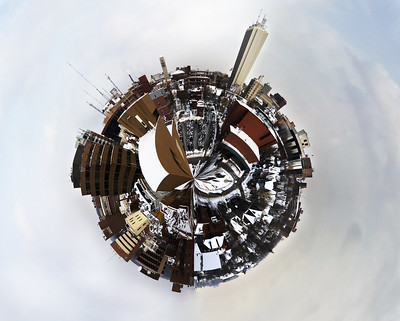COVID-19 has many side-effects, but one may deal more long-term damage than most. Since May, 8 million Americans have slipped into poverty as a direct result of the pandemic. That’s about 2.5% of the US population. The analysis, provided by a team of researchers at Teachers College and Columbia University, also examined the impact of the CARES Act on the poverty rate.
The $2T aid package included a $600 supplement to state unemployment payments. The federal support ended at the end of July, leaving millions of Americans with insufficient income. A moratorium on evictions expires on December 31, 2020. That also puts people at risk of homelessness in the middle of winter.
The pandemic has been particularly hard on industries that rely on low-wage workers. Food service, hospitality, transportation, entertainment, and retail sectors have shed millions of jobs. Of the 20 million US jobs lost in April, more than 25% of those came from the restaurant industry.
Public health experts believe that the pandemic will linger until mid- to late-2021, despite two approved COVID-19 vaccines. Another factor will be the eventual uptake rate of the vaccine. Earlier this month, a Pew Research survey found that only 6 in 10 American adults would be willing to get the COVID-19 vaccine as soon as it is available to them.
According to the Centers for Disease Control and Prevention estimates, stopping community spread of the disease would require 70%-90% of the population to get the vaccine.
Poverty in a “rich community”
If the pandemic has shown anything, it is that getting into poverty is much easier than getting out of it. The impact on children and families can be especially long-lasting. Children who grow up in poverty are more than twice as likely to live in poverty as adults. Poverty also begets other long-term problems like lack of adequate housing, education, healthcare, food and transportation.
What’s worrisome is the apparent perception among the WCC administration and its Board of Trustees is that since Ann Arbor is a “rich community” the rest of the WCC district is also rich. First, Ann Arbor represents only about one-third of the households in the WCC district. Further, many WCC students – nearly half – come from outside of WCC’s district boundaries altogether.
Second, WCC administrators seem to use the relative wealth of Washtenaw County as an excuse to overspend, misspend and misdirect our education taxes. The Trustees sign off on literally everything the administration asks them to approve. It is as though they don’t realize that they can make demands of and place spending limits on the WCC administration.
Raising tuition to cover the cost of misspending is their go-to solution, although the students who attend WCC are not rich. Tuition increases – even modest ones – make a big difference to people who don’t live in “rich communities.”
COVID-19 will push more people in Washtenaw County into poverty as the pandemic drags on. WCC students will find it increasingly difficult to pay for the administration’s misguided building projects and careless spending. Washtenaw County taxpayers provide generous funding to WCC. The Trustees must return that favor by ensuring that every dollar of it addresses the needs of the most economically vulnerable members of our community.
Photo Credit: Jeffrey Smith , via Flickr






















